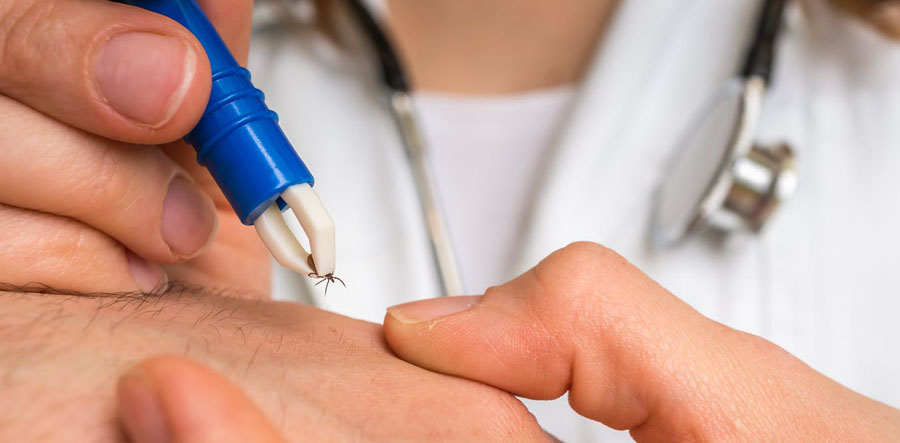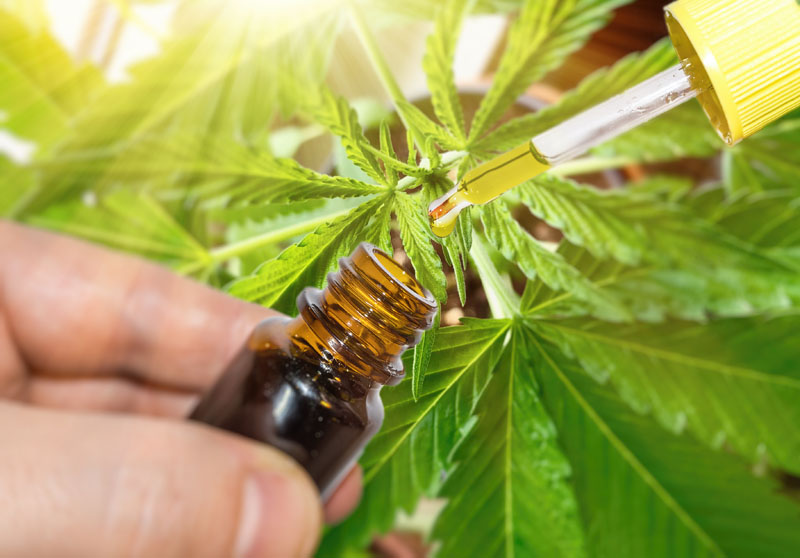Have a question? 06 70 73 89 02
🔞 Not for sale to under 18s
✨ 15% off EVERYTHING on the site with the code BON2026 🥳 ( except accessories and gummies)
Have a question? 06 70 73 89 02

Lyme disease, or Lyme borreliosis, is caused by the bacterium Borrelia Burgdorferi. It is usually transmitted to humans and animals by hard tick bites during contact with nature (farm work or forest walks), mainly between March and September in Europe, i.e. spring-summer. Lyme disease is a vector-borne disease (transmitted by a living vector: the tick), most common in the northern hemisphere. Left undiagnosed and/or untreated, it can take on chronic forms.
The first symptom is a skin lesion that appears between 3 and 30 days after the tick bite. This is an oval-shaped lesion accompanied by headaches, slight fever and/or severe fatigue, and lymph nodes around the lesion. If diagnosed quickly, a 2-4 week course of antibiotics is often enough to eradicate the disease, if not your own immune system.
In cases where the lesion is left untreated, several weeks or months after the bite, the following disorders may appear[1]:
Finally, if the disease remains untreated or undiagnosed at this stage, severe complications can arise months or even years later, in the form of Pick Herxheimer disease[2] and/or severe neurological damage to the spinal cord or brain.
Chronic forms of Lyme disease, with diffuse, multilevel pain, are becoming increasingly common.
While in the U.S. medical cannabis as a treatment for pain and illness is beyond doubt, in France only the CBD molecule is regulated.[3] In France, the CBD molecule is regulated.
CBD is the main non-psychoactive component of the cannabis plant, or hemp, and is recognized for its medical benefits, particularly in the treatment of pain and inflammation. Many researchers are interested in CBD as a means of alleviating the symptoms of Lyme disease.
While cannabis (composed notably of THC and CBD) is said to be effective against antibiotic-resistant strains[4], CBD is better known for its anti-inflammatory properties. With regard to Lyme disease in particular, CBD could reduce the sensation of pain, inflammation or even act on the immune system of the infected subject, whether human or animal. Research is still ongoing, and traditional and pharmaceutical treatments should not be ruled out, but the use of CBD can accompany the patient's healing process and provide relief.
British Columbia medical expert Dr. Ernie Murakami is behind research that suggests CBD may even eradicate the bacteria responsible for Lyme disease from a patient's body[5].

CBD oil is easy to use and is the most widely used form of consumption. Thanks to a pipette, you can precisely dose the right amount for your needs. A quantity of drops is poured directly under the tongue, immediately transferring the oil's components into the bloodstream for a rapid and effective effect. As CBD passes directly through the oral mucosa rather than the stomach, its bioavailability is maximized.
We recommend leaving the CBD oil on for 20 seconds, to allow its CBD content to penetrate the bloodstream.
It's important to dose the quantity as you go along, and to relate it to your state of fatigue. So, if you're feeling more tired than usual, it's best to reduce the number of drops to achieve a controlled level of pain without the side-effects of fatigue.
For Lyme disease, we recommend choosing a full spectrum oil, the recommended dose of CBD oil varies from 10mg to 100mg per day depending on your weight and your reaction to CBD.